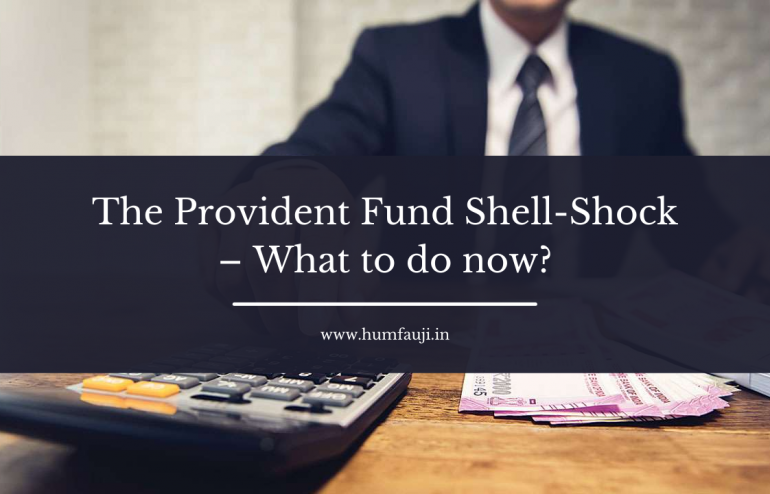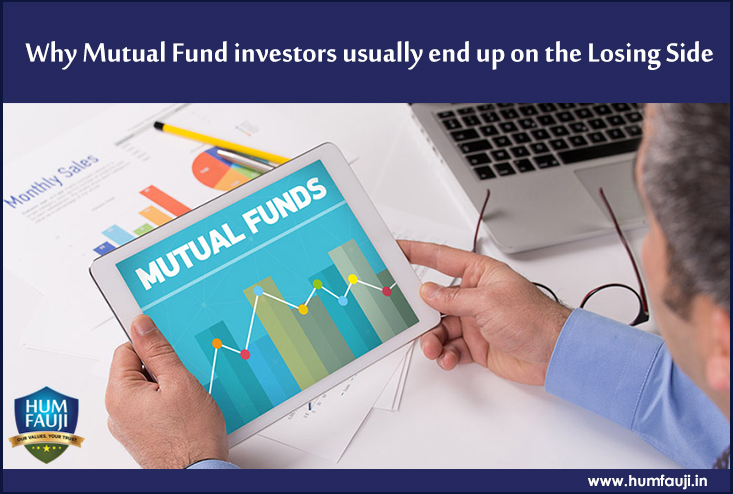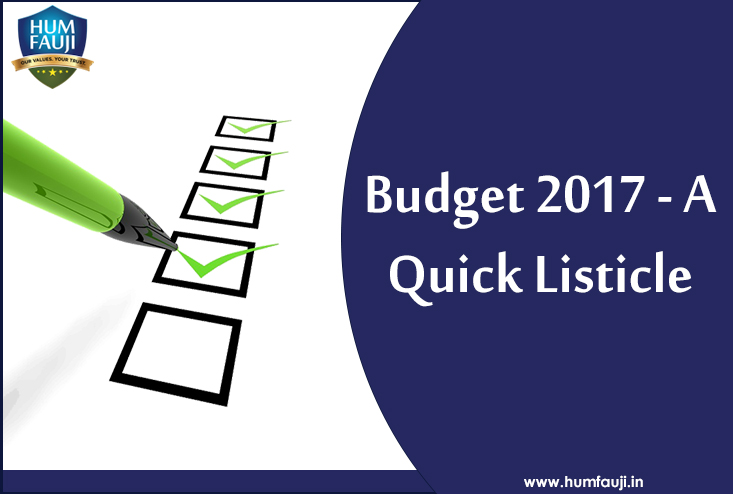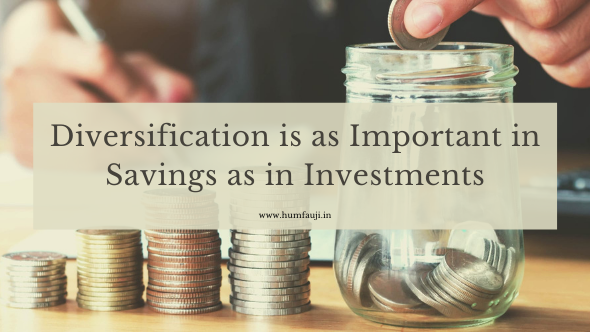What is the issue?
In the union budget presented on 1st Feb 2021 for the financial year 2021-22 (ie, for the income earned from 1st Apr 2021 till 31st Mar 2022), the Provident Fund (PF) contribution made beyond Rs 2.5 Lakhs in a financial year will be taxable as per one’s tax slab. So far, all the interests earned, irrespective of the amount contributed, was tax free in the EEE mode.
[EEE means exempt-exempt-exempt and specifies three kinds of exemptions in taxes. Exempt 1 means an investment qualifies for deduction and a part of the annual income, which is equal to the investment amount, is not taxable. Exempt 2 means the income on investments is exempted. Exempt 3 implies withdrawal of money from investment is tax neutral.]
The budget has mentioned PF. I think it means EPF and VPF only. Does it include DSOPF and PPF too?
This aspect has been clarified by the Govt adequately – PF includes GPF (General PF) also. This by extension includes DSOPF too which is an overall part of GPF. In fact, the finance bill (in simple words, the budget document) uses the words ‘to the extent it relates to the amount or the aggregate of amounts of contribution made by the person’ suggesting that it is the aggregate of all PFs, including PPF. Budget documents mention Section 10(11) which includes PPF. And the PAN number would be an easy tracker for all kinds of PF.
Does the Govt have the wherewithal to monitor this additional 2.5 Lakhs of each year and tax it?
This is not at all difficult. The Govt just has to do a small tweak in its system and make two ‘investment buckets’ – Less than 2.5L contributed in a year goes to ‘tax-free’ bucket and the balance to the ‘taxable’ bucket. That’s it!
What is the meaning of ‘taxation of subscription beyond Rs 2.5L every year’? Will the ‘interest on already taxed interest’ be also taxed in this ‘over 2.5L bucket’?
That is something contentious right now and not been specifically clarified anywhere. However, the financial advisors (including us) and tax consultants are coming round to the view that the Govt will not introduce such a big change in PF taxation for taxing PF only on a ‘one-time basis’.
In fact, in one of the interviews given to the press by the Joint Secretary, Tax Policy Division, at the Central Board of Direct Taxes (CBDT), it was specifically mentioned that ‘It will work exactly in the same manner as the way interest income on fixed deposits is taxed today’. In cumulative bank FDs, interest on interest is also taxed.
However, clarification on this specific part is still awaited.
How will the taxation take place? Will it be taxed on maturity or taxed on yearly basis? Will I be required to show it (where will I get the data for this extra interest beyond 2.5L, if so?) or will the IT Dept do something by themselves? Will there be a TDS on it?
Again, this is something not spelt out anywhere and is awaited. However, since it is to be ‘taxed exactly like a fixed deposit’, in all likelihood it will be taxed on yearly basis. In fixed deposits too, whether you’ve taken a cumulative or non-cumulative FD, it is taxed on accrual basis (ie, taxed on annual basis) even if you collect that interest at maturity time only.
Will PPF contribution be added to DSOPF/EPF/VPF contribution and taxed together beyond 2.5L limit?
There are very fair chances of it due to the wordings of the finance bill, as already mentioned earlier. However, the details are awaited.
Is DSOPF/ PPF/ EPF/ VPF still a good investment beyond Rs 2.5L per year?
With taxation on contribution beyond Rs 2.5 Lakhs in a year in any PF, the effective rates of interest for DSOPF & PPF fall down from current rate of 7.1% to 6.39%, 5.68% or 4.97% depending on whether you are in 10%, 20% or 30% tax brackets respectively. For EPF & VPF, where the current interest rate is 8.5%, these figures are 7.65%, 6.8% and 5.95% respectively.
Most of the serving armed forces officers (except the ranks of Lt or maybe Capt of Army, and its equivalent in other services) are in 30% bracket. We expect all the officers in the corporate to be in 30% tax bracket.
We further expect a long-term average inflation rate in India to remain in the 5.5 – 6.5% range for quite some time. Hence, if you are in 30% bracket, you may not beat inflation in DSOPF and PPF while just about managing to stand at par of inflation in EPF and VPF after this taxation. But please remember that this 5.5 – 6.5% inflation is the CPI (Consumer Price Index) inflation which covers only basic living of all strata of Indians – we, as officers, spend more of our money on ‘luxury’ things where inflation rate is much higher than this basic CPI inflation.
Notwithstanding the inflation part, the sovereign (Govt-backed) safety provided by all PFs is unbeatable and cannot be ignored. Thus, if you have a low risk profile, love the ‘automatic deduction’ part of your PF from salary and do not want to get into any more hassles of investing and monitoring those investments, you can well continue with your DSOPF/ PPF/ EPF/ VPF as at now. Please also remember that PPF can be extended for the life-time in 5-year blocks while DSOPF/ EPF/ VPF are limited to your service life. But please also be prepared to see your tax bill shoot up quite a lot.
If you are the kind who does not like this new inflation correlation or the larger tax outgo, you may restrict you PF contribution and look at other investment avenues. May read up our CEO’s take on it in this article in Business Standard: https://www.business-standard.com/article/pf/sheen-diminished-for-vpf-but-not-lost-here-s-how-should-you-invest-121020402133_1.html
Some WhatsApp going around are recommending investing in Senior Citizens Savings Scheme (SCCS) / Pradhan Mantri Vyaya Vandana Yojana (PMVVY) in parents’ name or NPS / RBI Floating Rate Bonds in spouse’s name or buying Gold or even taking ULIPs. What’s your view?
SCSS gives 7.4% rate and RBI floating Rate Bonds 7.15%, which is not much different from 7.1% of PF. Taxation depends on your parents’ tax rate but compulsory quarterly taxable interest, maximum limit of Rs 15 Lakhs, 5-year lock-in and hassles of having to make a SCSS contribution on a monthly basis take off its sheen. Same is the problem with PMVVY where the lock-in is for 10 years, 15L maximum contribution, hassles of monthly contribution, taxability and monthly pension.
NPS is a far longer-term commitment up to 60 years of age, 40% of your corpus getting locked-in for life and earning an annuity by a Life Insurance company, which is almost always at very poor rates, make it an unsuitable investment, unless you’re enamoured by the additional small taxation benefit under IT Section 80CCD(1B) of Rs 50,000 over these limitations. If your PF was meant to provide you pension in retired years (which could be so for Short-service officers who are in the corporate without pension later from any source), NPS is a very good investment for this purpose. Others may not need the pension support.
Gold cannot be compared here in these discussions since it is a different kettle of fish.
ULIPs have huge problems and should be absolutely avoided for this purpose. May read our CEO’s take on it in this article –
https://economictimes.indiatimes.com/wealth/invest/should-you-still-invest-in-ulips-despite-budget-2021s-new-tax/articleshow/80722015.cms
Then what are some good alternatives if I decide to move away from PFs for the amount beyond Rs 2.5L contribution per year.
The only other good alternative we can recommend to you are the mutual funds (MFs). You could consider SIPs (Systematic Investment Plans) in debt MFs if you want to stick to safety. But choose the right category and the right funds, and go beyond at least 3 years to get indexation benefits as per current tax laws. Your taxation is likely to go down from 30% to just about 5-6% if you hold on in debt funds for more than 3 years. The flexibility of investing and withdrawal provided by MFs in general is unparalleled.
And if you are fine with tweaking-in some risk for increasing the probability of higher returns, put some amount in hybrid (especially the dynamic asset allocation funds) or even equity funds, again with a long-term perspective. Correct choice of the category, diversification, putting together the right kind of balanced portfolio and finally, regular monitoring, is a very important key here.
At the end, we would like to quote a recent Whatsapp message of one of our investors, a serving Colonel (with his permission), in this context here:
‘We have to now learn to manage our finances. To learn basics of economics and investment. There is nothing left to hide behind, no safe harbour like DSOPF which allowed us the luxury of financial mental lethargy. Probably the new generation of officers is already clued up’.













Leave a Reply